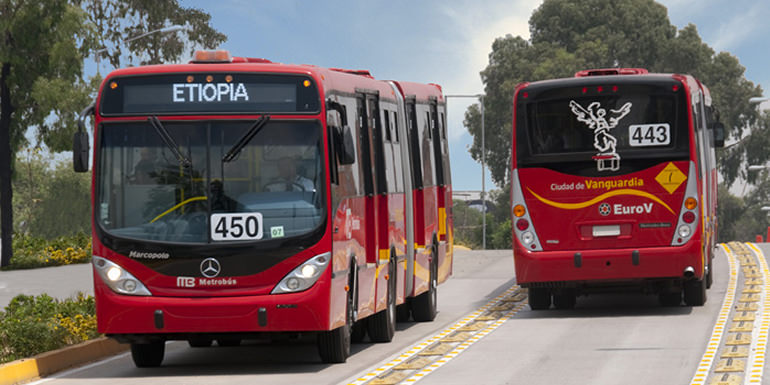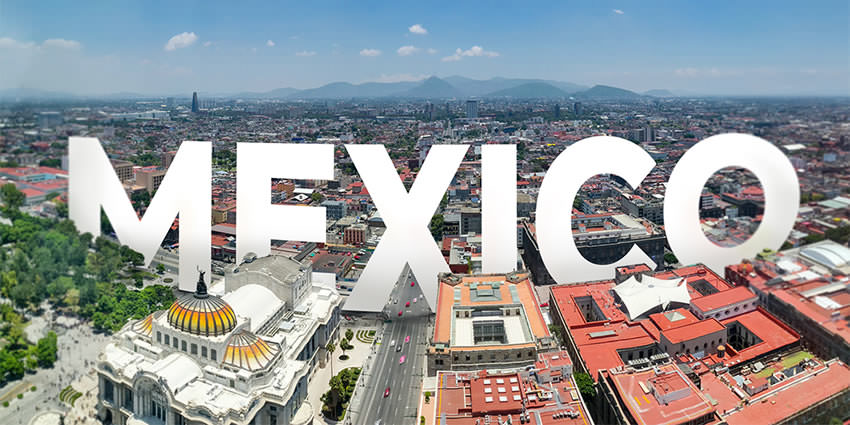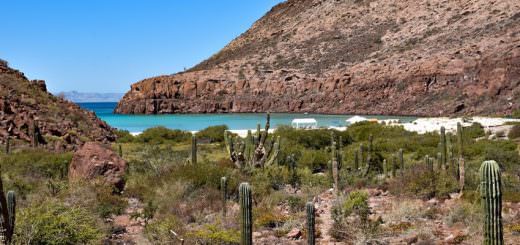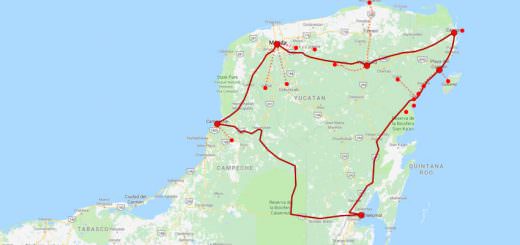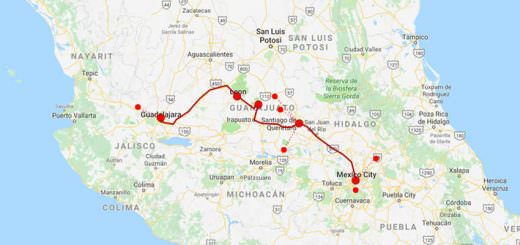Mexico City’s metro icons
Each metro station in Mexico City is identified by a single icon. Created at a time when the country's literacy rate was low and the capital's metro system was small, the design concept was intuitive and easy to execute. Since one-third of Mexico's population could not read or write, and most of the rest had not completed high school, it was thought ...
Read more..
Read more..
Pyramid of Pino Suarez
The altar dedicated to the god Ehécatl, is located in the middle of Metro Pino Suárez, in the Cuauhtémoc borough of Mexico City, in the southern part of the city center. This altar was unearthed during the construction of the station in 1967 where it remains to this day surrounded by the passageway between Lines 1 and 2. Back in the sixties ...
Read more..
Read more..
Quetzal as a symbol of divinity in pre-Columbian Mexico
The quetzal is a symbol of divinity and cultural significance in Mexico. In the verdant landscapes of Mexico, the striking Euptilotis Neoxenus, commonly known as the Eared Quetzal, with its bright green and red color plumage, stands out as a symbol of the country's diverse avian heritage. Quetzal is an integral part of Mexico's rich biodiversity, thriving in forest areas. Quetzals are ...
Read more..
Read more..
UNESCO World Heritage sites in Mexico
UNESCO World Heritage Sites are places of significant cultural and natural heritage. As of 2018, there are 35 World Heritage Sites in Mexico, including 27 cultural sites, 6 natural sites, and 2 mixed sites. The country ranks 1st in the Americas and 7th worldwide by the number of UNESCO Heritage sites. Sites considered for nomination for UNESCO World Heritage Chapultepec forest, hill, ...
Read more..
Read more..
Macuahuitl
A macuahuitl, a famous Aztec sword, is a wooden club with obsidian blades. Its sides are embedded with prismatic blades traditionally made from obsidian. Obsidian is capable of producing an edge sharper than high-quality steel razor blades. The sharp weapon was used for close combat. The use of this distinctive club as a weapon is attested from the 1st millennium. By the ...
Read more..
Read more..
Río Bec architecture style
The term "Rio Bec" was first used by American archaeologist Karl Ruppert in the 1930s. Rio Bec is a unique Mayan architectural style in the Rio Bec region in the southeastern states of Campeche and Quintana Roo. This Rio Bec architectural style is characterized by several key features: Twin-towered structures Symbolism Elaborate facades Narrow staircases Floral and iconographic motifs Hierarchical arrangement The ...
Read more..
Read more..
Mummies of Guanajuato
Guanajuato City is home to the incredible Museo de las Momias ("Mummy Museum"). The Guanajuato mummies are a number of naturally mummified human bodies buried during a cholera outbreak in Guanajuato in 1833. The human bodies were apparently discovered between 1870 and 1958. At this time, a local tax was in force, requiring payment of a fee for "eternal" burial. Some human ...
Read more..
Read more..
Colima Magic Zone
Do you have an affinity for unexplained phenomena and mystic occurrences? If the inexplicable piques your curiosity, then a visit to the renowned "Magic Zone" near the town of Comala is a must. Challenging the laws of nature, this intriguing spot in the state of Colima will leave you spellbound. The "Magic Zone" is located on a hill with a slope of ...
Read more..
Read more..
Mexico City Metropolitan Area
Greater Mexico City refers to the conurbation around Mexico City, officially called Valley of Mexico Metropolitan Area (Zona Metropolitana del Valle de México or ZMCM). Greater Mexico City constituted by Mexico City (composed of 16 boroughs) and 49 adjacent municipalities of Mexico State and 1 munisipality of Hidalgo state. For normative purposes, however, Greater Mexico City most commonly refers to the Metropolitan ...
Read more..
Read more..
Christmas in Mexico
Christmas in Mexico is celebrated during a season that begins in early December to January 6, with one other related event on February 2. During this entire time, one can see nativity scenes, poinsettias, and Christmas trees. The season begins with celebrations related to the Virgin of Guadalupe, the patroness of Mexico, followed by traditions such as Las Posadas and Pastorelas. There ...
Read more..
Read more..
















